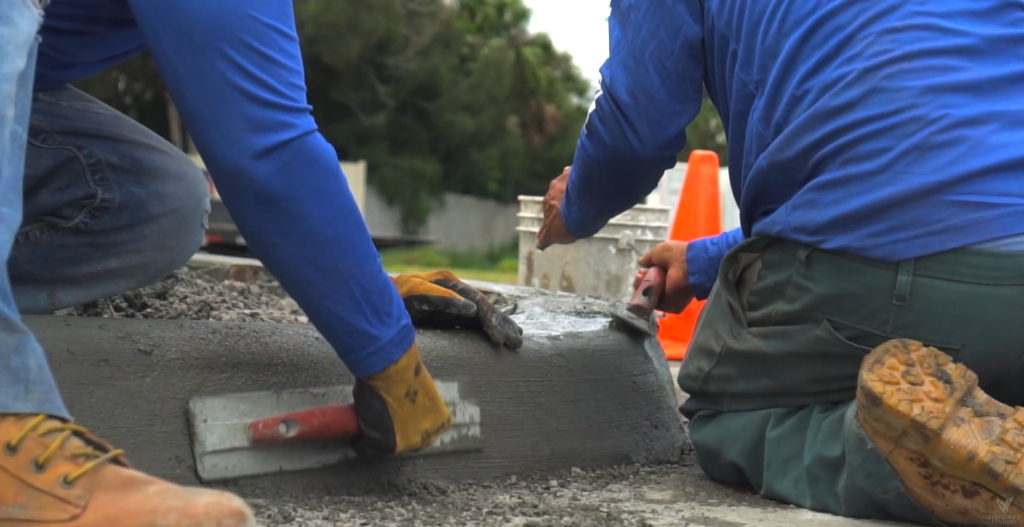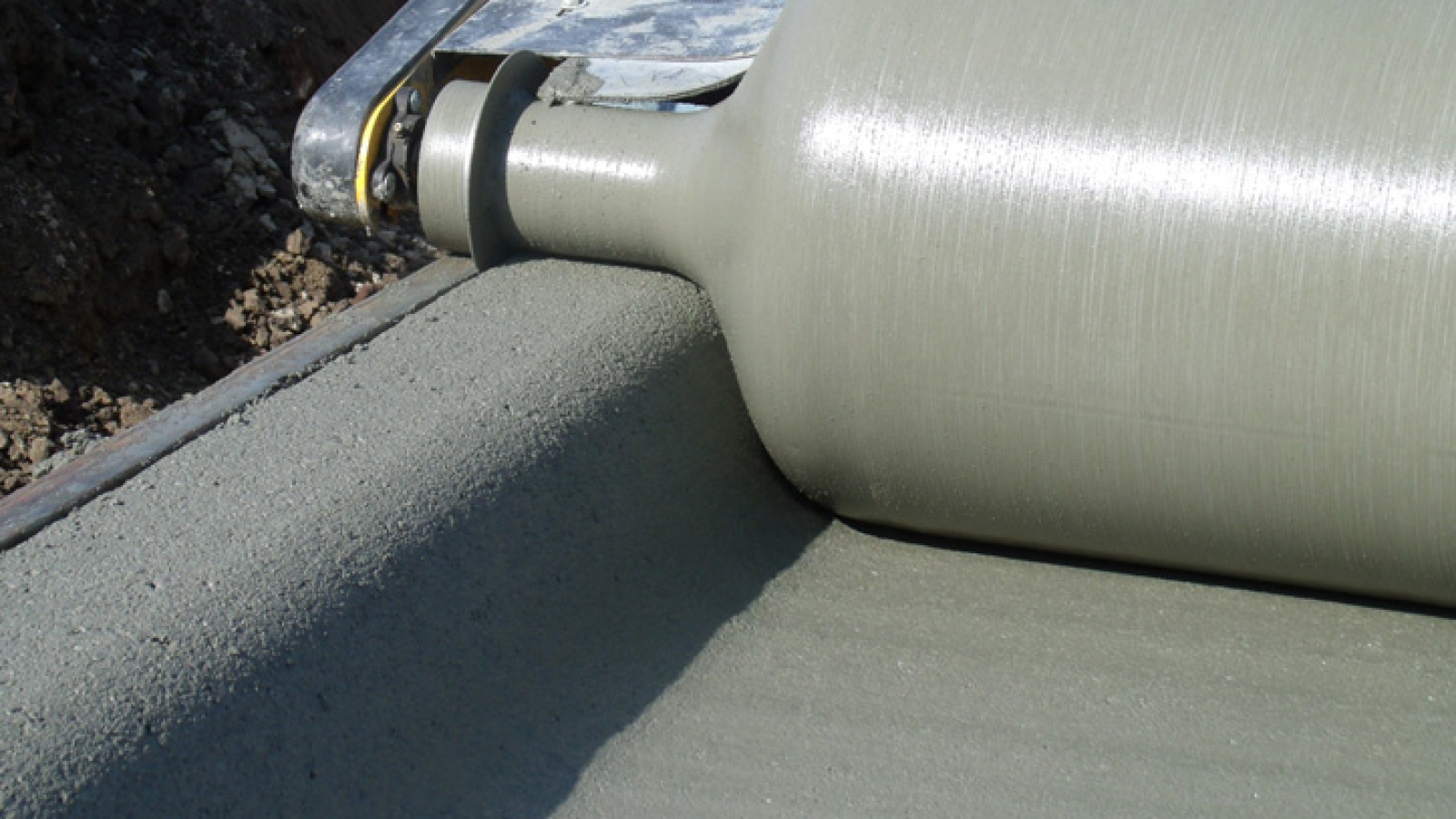Types of Concrete Curbs vary, since different cities have different requirements. It is important to make sure you are working with a qualified and experienced concrete contractor, in order to avoid penalties or extra costs.
At All Paving, we will not only give you proper guidance throughout the process, but also deliver outstanding results in order to enhance the appearance of your property, giving it a more professional look and added value.
– Concrete curbs are generally classified as barrier curbs or mountable curbs. Either type can be constructed in several different shapes, depending on regional preferences, purposes and construction costs.
– Barrier curbs also known as straight curbs, resemble the stone slabs used originally for curbs. They also form abrupt obstacles to vehicles leaving pavements.
– Mountable curbs or roll curbs, have sloping faces that allow vehicles to encroach on them without damaging the car’s tires. If the slopes are gentle enough, cars can cross them to access driveways.
Alternative concrete curb solutions
There are other common types of curbs that offer different solutions:
- Mower curbs are installed in order to make lawn mowing activity around gardens, and ponds. This way, it’s possible to complete the task without any problem pruning the most difficult places thanks to the possibility of riding one side wheels of the mower above the concrete edge.
- Monolithic curbs, also known as integral curbs, let the big wheels to transit along the way without causing any damage to the asphalt surface, at the time it helps the treatment of the stagnant water in order to avoid subsequent damages.

Either type of curb can have an apron or gutter section attached, and become a combined curb and gutter.
Combined curb and gutter sections widely used along streets and parking lots in urban areas, especially with asphalt pavements. This is done to provide the advantages of stable concrete gutters, with sustainable flow lines along the curbs.
Those types of curbs previously exposed can be constructed in different shapes and forms, it depends on the city you are located, the user preference of the construction, its purpose and the build cost.
Because concrete can be readily shaped to transition between cross-sections, curbs can be tapered to meet ramps for pedestrian crossings where these are preferred, or to meet requirements for disabled people.
A separate curb and gutter must be tied to the pavement slab with deformed steel bars, if there is to be effective load transfer.
If a curb is separate from the pavement, the joint between the pavement and the curb may require maintenance.
For more information, please review the FDOT website.
Concrete Curbing Benefits and Considerations
Curbs give people a visual cue that they are entering residential areas, therefore, they not only provide safety to pedestrians using sidewalks, but also will give residential areas a better look.
Also, it is important to mention that concrete curbs are more durable, which means that they will not deteriorate over time. That is why its appearance will be almost the same for a long time and they do not require consequent maintenance, so the property management will save money as well as provide peace of mind to residents.
Likewise, curbs are also important to increase the value of a property. Realtors take into account these aspects in order to sell or evaluate a property; proper curbs and a superlative concrete pavement in real estate goods gives attractiveness and adds value to properties.

